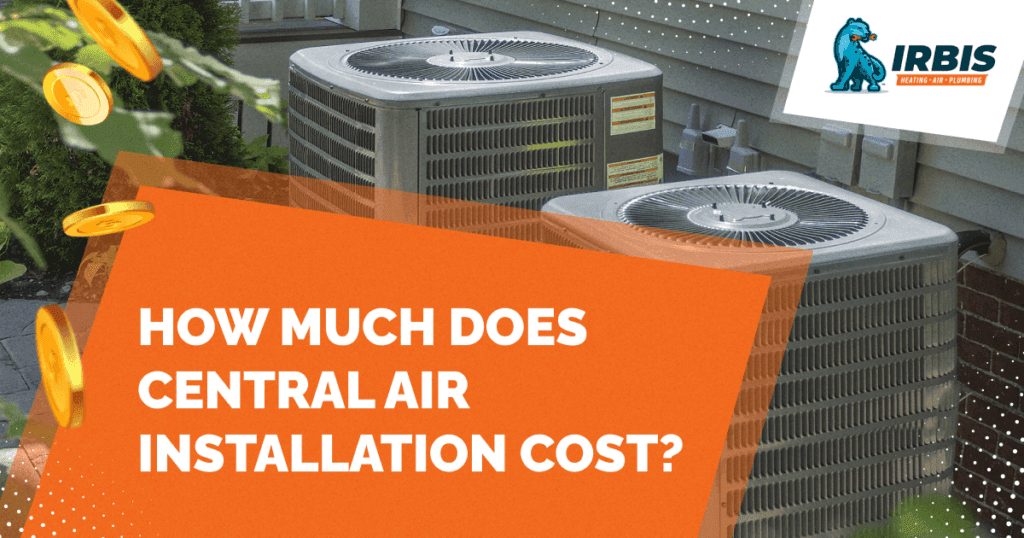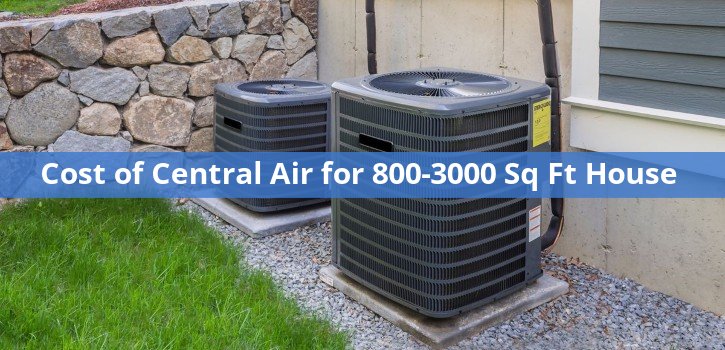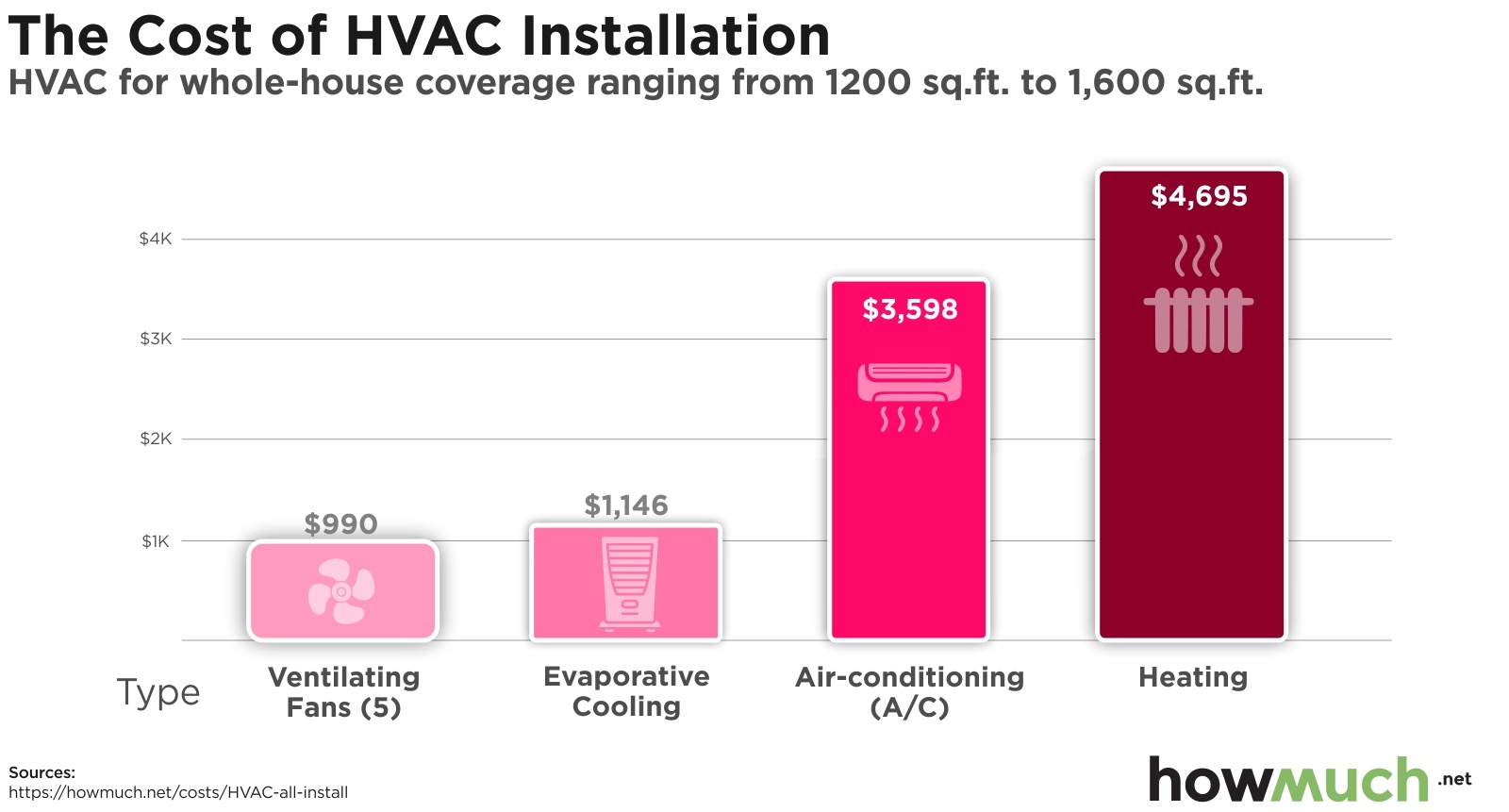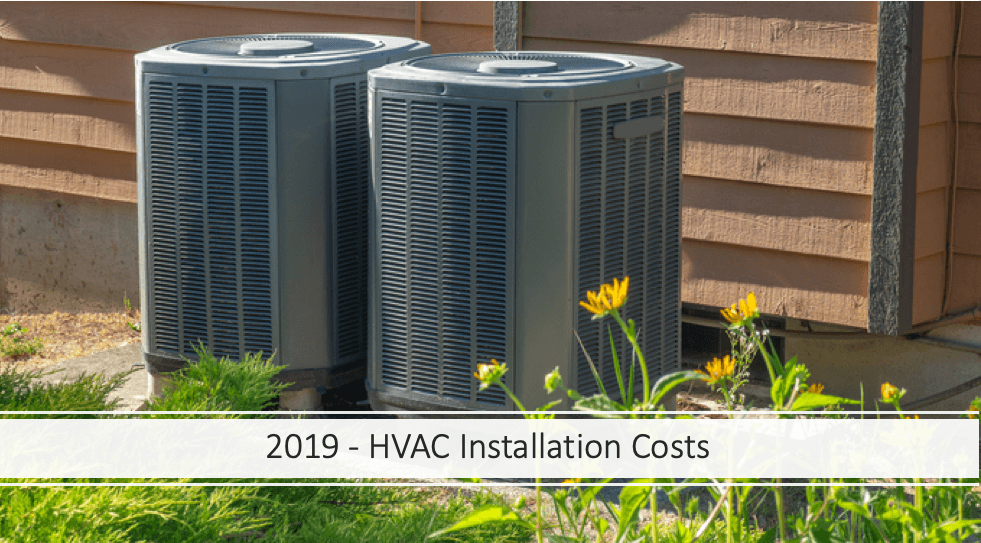Cost Of Central Air For 1500 Sq Ft House
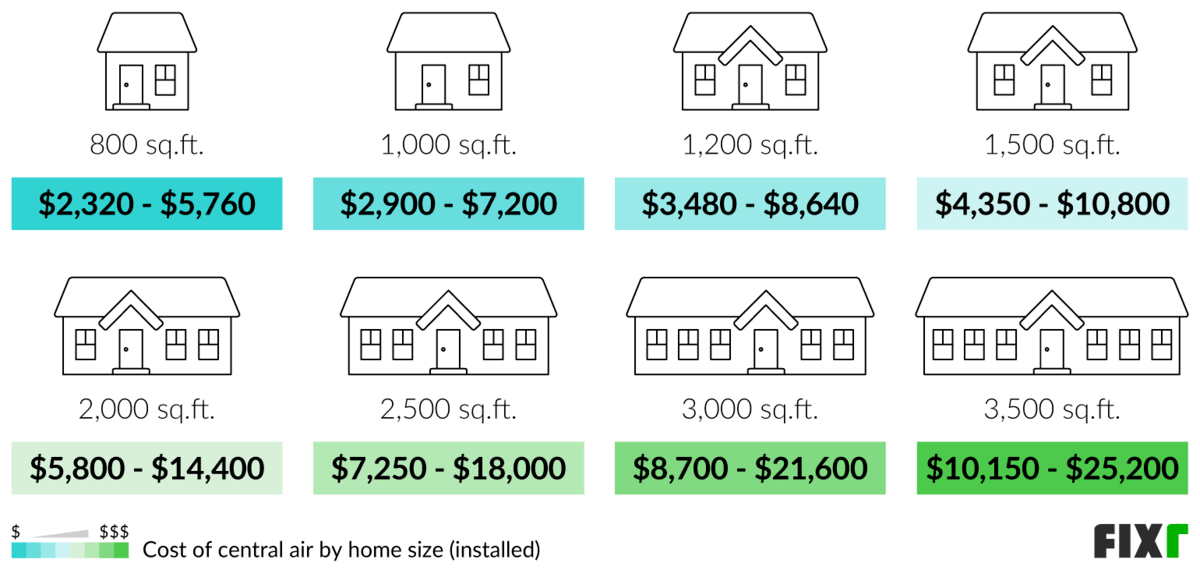
One of the most common frustrations for homeowners, especially in a 1500 sq ft house, is inconsistent cooling. You might notice some rooms are freezing while others remain stubbornly warm, even with the central air conditioning running full blast. This isn't just uncomfortable; it also means your system is working harder than it needs to, driving up your energy bills.
Before you resign yourself to calling a professional, let's walk through some troubleshooting steps you can take yourself. We'll start with the easy checks and move towards more involved diagnostics, always keeping safety in mind. Remember, if you're ever uncomfortable or unsure, it's always best to call a licensed HVAC technician. This guide focuses on diagnosing issues that might be causing uneven cooling, not on replacing major components.
Step 1: The Simple Stuff (No Tools Required)
Let’s begin with the things you can check immediately without any tools at all. These are often the low-hanging fruit and surprisingly common culprits.
Check Your Thermostat Settings
This might seem obvious, but it's the first place to start. Is your thermostat set to COOL and at a reasonable temperature? A common mistake is accidentally setting it to HEAT or AUTO. Also, confirm the fan setting. If it’s set to ON, the fan runs constantly, even when the AC isn't actively cooling, potentially circulating warm air. Set it to AUTO for the most efficient operation, where the fan only runs when the AC is cooling.
Consider a programmable thermostat. If you have one, make sure the programming is correct. Are there unintended temperature changes scheduled during the day? Incorrect programming can lead to wasted energy and inconsistent cooling.
Inspect Air Vents and Registers
Walk through your entire house and check every air vent and register. Make sure they are fully open and unobstructed. Curtains, furniture, rugs, and even piles of laundry can block airflow, causing significant temperature differences between rooms. Ensure nothing is blocking the airflow, and consider adjusting the direction of the louvers to optimize circulation in each room.
Pay close attention to vents in rooms that are particularly hot or cold. Blocked vents are a prime suspect when you're experiencing uneven cooling. Dust and debris accumulating on the vents can also restrict airflow; vacuum them regularly.
Assess Air Filter Condition
A dirty air filter is the most common cause of reduced airflow and AC inefficiency. A clogged filter restricts airflow to the evaporator coil, causing it to ice up and reducing its cooling capacity. Locate your air filter (usually near the indoor air handler unit) and inspect it. If it looks dirty, dusty, or clogged, replace it immediately. Use the correct filter size and type specified by your HVAC system. Replacing a dirty filter is cheap, easy, and can dramatically improve your AC's performance.
As a general rule, replace your air filter every 1-3 months, depending on usage and the type of filter you use. In dusty environments or households with pets, you may need to replace it more frequently.
Step 2: Basic Diagnostics (Simple Tools Required)
Now, let's move on to checks that require minimal, readily available tools. A flashlight and a screwdriver (usually a flathead or Phillips head) are typically all you'll need for this stage.
Inspect the Outdoor Unit (Condenser)
Go outside to your condenser unit (the large, boxy unit usually sitting outside your house). Visually inspect the unit for any obvious obstructions. Are there bushes, leaves, or debris blocking airflow around the unit? The condenser needs plenty of clear space to dissipate heat effectively. Clear away any obstructions, maintaining at least 2-3 feet of clearance around the unit.
Look closely at the condenser fins (the thin metal plates surrounding the unit). Are they bent, crushed, or covered in dirt and debris? Bent fins restrict airflow and reduce cooling efficiency. Carefully straighten bent fins using a fin comb (available at most hardware stores). Be gentle to avoid damaging them further.
Turn off the power to the unit at the breaker box (important for safety!) and use a garden hose to gently rinse the condenser fins from the inside out. Avoid using high pressure, as this can damage the fins. Allow the unit to dry completely before turning the power back on.
Check for Leaks Around Windows and Doors
In a 1500 sq ft home, even small leaks can add up and significantly impact cooling efficiency. Feel around windows and doors for drafts. Are there gaps or cracks where air is leaking in or out? Sealing these leaks can drastically reduce your cooling load.
Use caulk or weather stripping to seal any gaps or cracks you find. This is a relatively inexpensive DIY project that can save you money on your energy bills.
Examine Ductwork (If Accessible)
This can be tricky depending on your home's layout, but if you have access to your ductwork (e.g., in an unfinished basement or attic), visually inspect it for any obvious leaks or damage. Look for disconnected sections, holes, or tears in the ductwork. Duct tape can provide a temporary fix for small leaks, but for a more permanent solution, consider using mastic sealant or having a professional repair or replace damaged sections.
Pay particular attention to ductwork that runs through unconditioned spaces like attics or crawl spaces. These areas are prone to temperature extremes, and leaks in the ductwork can result in significant energy loss.
Step 3: Identifying Issues That Require Professional Help
Some problems require specialized tools, knowledge, and training to diagnose and repair safely and effectively. These are situations where it's best to call a qualified HVAC technician.
Refrigerant Leaks and Low Refrigerant Levels
Never attempt to handle refrigerant yourself. Refrigerant is a hazardous substance, and working with it requires specialized equipment and certification. If you suspect a refrigerant leak (e.g., your AC is blowing warm air even when running, or you see ice forming on the refrigerant lines), call a professional immediately.
A low refrigerant level indicates a leak in the system, which needs to be located and repaired. Simply adding more refrigerant without fixing the leak is only a temporary solution.
Electrical Problems
Working with electricity can be extremely dangerous. If you suspect an electrical problem with your AC unit (e.g., the unit is not turning on, you hear buzzing or sparking sounds, or the breaker keeps tripping), do not attempt to diagnose or repair it yourself. Turn off the power to the unit at the breaker box and call a qualified electrician or HVAC technician.
Compressor Issues
The compressor is the heart of your AC unit, and if it's failing, it can lead to a complete system breakdown. Diagnosing compressor problems requires specialized tools and knowledge. Signs of a failing compressor include unusual noises, the unit not cooling properly, and frequent cycling on and off. This is definitely a job for a professional.
Frozen Evaporator Coil
While a dirty air filter is the most common cause of a frozen evaporator coil (the indoor coil), it can also be caused by other issues, such as low refrigerant levels or a malfunctioning blower motor. If you find a frozen evaporator coil, turn off the AC unit and let the ice melt completely. If the problem persists after replacing the air filter, it's time to call a professional.
Cost Considerations and When to Get a Professional Quote
Understanding the potential costs associated with central air conditioning issues is crucial for budgeting and making informed decisions. A simple air filter replacement might cost only a few dollars, while a major repair like replacing the compressor could run into the thousands.
If you've gone through the troubleshooting steps and are still experiencing problems, it's time to get a professional quote. Explain the symptoms you're experiencing and the steps you've already taken to diagnose the problem. A reputable HVAC technician will thoroughly inspect your system and provide you with a detailed estimate for the necessary repairs.
For a 1500 sq ft house, the cost of a new central AC system can range from $3,000 to $7,000, depending on the brand, efficiency, and complexity of the installation. However, this is a last resort. Focus on troubleshooting and addressing the underlying issue first.
Building Confidence Through Knowledge
By following these troubleshooting steps, you can often identify and resolve common AC problems yourself, saving time and money. Remember to prioritize safety and call a professional when you're unsure or uncomfortable. Understanding your central AC system and taking proactive steps to maintain it can significantly improve its performance and extend its lifespan. With a little knowledge and effort, you can keep your 1500 sq ft home cool and comfortable all summer long.


